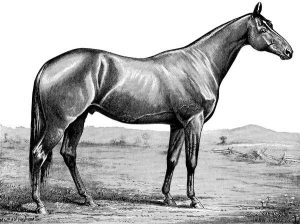
Lt. Col. Ashby Williams
I must admit I was not very familiar with World War I history. I had studied it in school history classes, watched the old movies and read a couple books on the subject. I never really appreciated the courage and bravery of those who served in that war until I investigated the life of my mother’s uncle, Private First Class Russell Stewart. He served in Company M of the 319th Infantry Regiment, 80th Infantry Division. He died at the battle of the Meuse-Argonne on November 2, 1918, just as the war was ending.
In reading the relevant regimental and divisional accounts of that battle, I found the most interesting and moving account of all. It was written by Lieutenant Colonel Ashby Williams (1874-1944) in his book, “Experiences of the Great War” (Roanoke, Virginia: The Stone Printing and Manufacturing Company, 1919). He started out as commander of Company E, 320th Infantry and was promoted to battalion commander, with the rank of Major, over Companies A, B, C and D, of the 320th. Although he was an officer, he endured only slightly better conditions than his men. He describes in great detail the experience of the Meuse-Argonne Offensive.
The 320th and 319th were in the same brigade, the 160th, and undoubtedly shared the same locations, movements and conditions. Therefore his is probably the closest description of what my granduncle experienced. I have included here the most poignant and eloquent passages from Lt. Col. Williams’ book. His words describe the indescribable horrors of existence and death in the trenches. It is something the world often forgets, as I did, in my generation. But now I remember.
Continue reading »Footnotes












 There once was a precious little girl named Violet who died at age 2. More than one hundred years later, it is she who helped me unravel a compelling mystery.
There once was a precious little girl named Violet who died at age 2. More than one hundred years later, it is she who helped me unravel a compelling mystery.